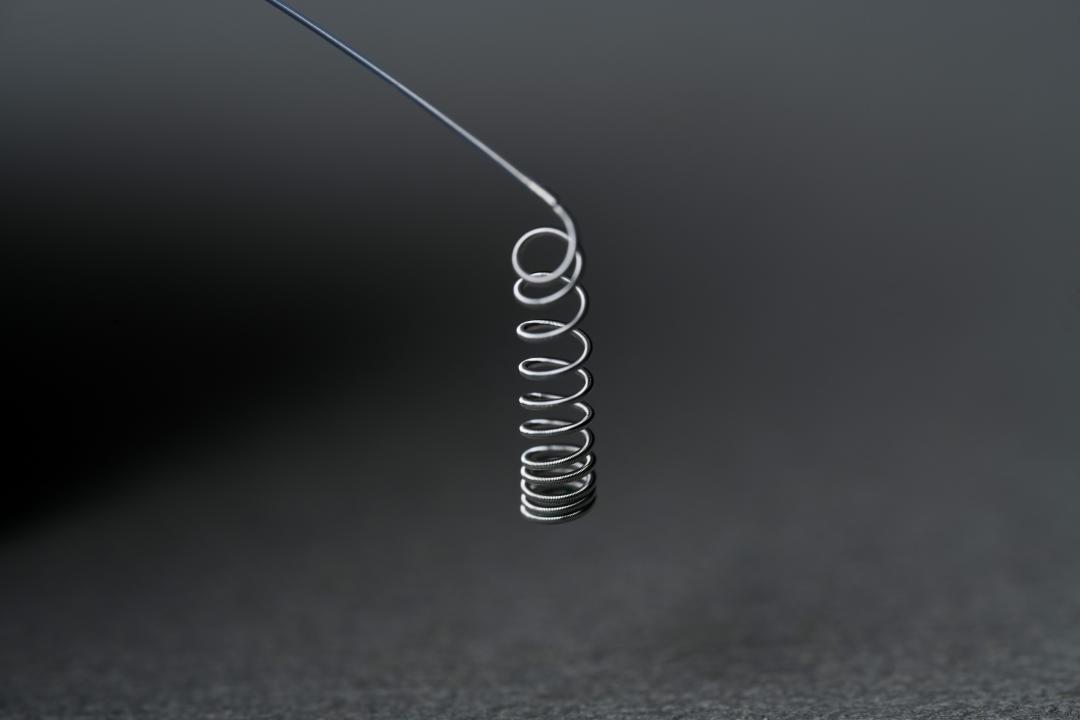Get the best experience and stay connected to your community with our Spectrum News app. Learn More
Get hyperlocal forecasts, radar and weather alerts. Isat Aneurysm

Please enter a valid zipcode.
CLEVELAND — Kim Oplinger said she felt a little off the day she was life-flighted to Cleveland Clinic for an emergency craniotomy.
“I said to my husband, ‘my head feels weird.’ He says I didn’t even get that much out,” Oplinger said.
Oplinger collapsed at work and was given CPR and transported to a local hospital.
Oplinger had suffered a ruptured brain aneurysm and is now in a small group of people who survive them.
About 25% of people who experience a brain aneurysm rupture die within 24 hours. Around 50% of people die within three months of the rupture due to complications.
Aneurysms are a bulging, weakened area in the wall of a blood vessel or aorta. Oplinger has polycystic kidney disease (PKD), which puts her at a higher risk of having aneurysms rupture.
According to Oplinger’s doctor, Neurosurgeon Mark Brain with Cleveland Clinic, she is one of the lucky ones. She was walking just a few days after her rupture. Aneurysm can be hereditary. People with PKD, as well as smokers and people with high blood pressure are more likely to have an aneurysm rupture.
The standard for those in high-risk categories is to get tested for aneurysms yearly.
Most people with an aneurysm go through life without any issues or symptoms. For those at high-risk of a rupture, the good news is aneurysms can often be detected and treated.
According to Bain, people with two immediate family members with a history of aneurysms, smokers or those with high blood pressure should get tested. The procedure is a non-invasive MRI.
Treatment of an aneurysm can involve cutting a small opening in the skull and placing a small clip on the aneurysm to pinch in off. A less invasive method, endovascular surgery, is used more often in recent years, and Bain said patients have little to no down time with this method.
As for Oplinger, a piece of her skull was removed during the craniotomy and a titanium plate held with a screw was put in its place.
Almost two years since her procedure, Oplinger said that although she is not able to work as much as she used to, she feels fortunate to still be able to do the things she loves.

Coiling Clipping “At the end of the day, whether you have a dollar to your name or $40 billion, I don’t believe it’s gonna matter,” she said.